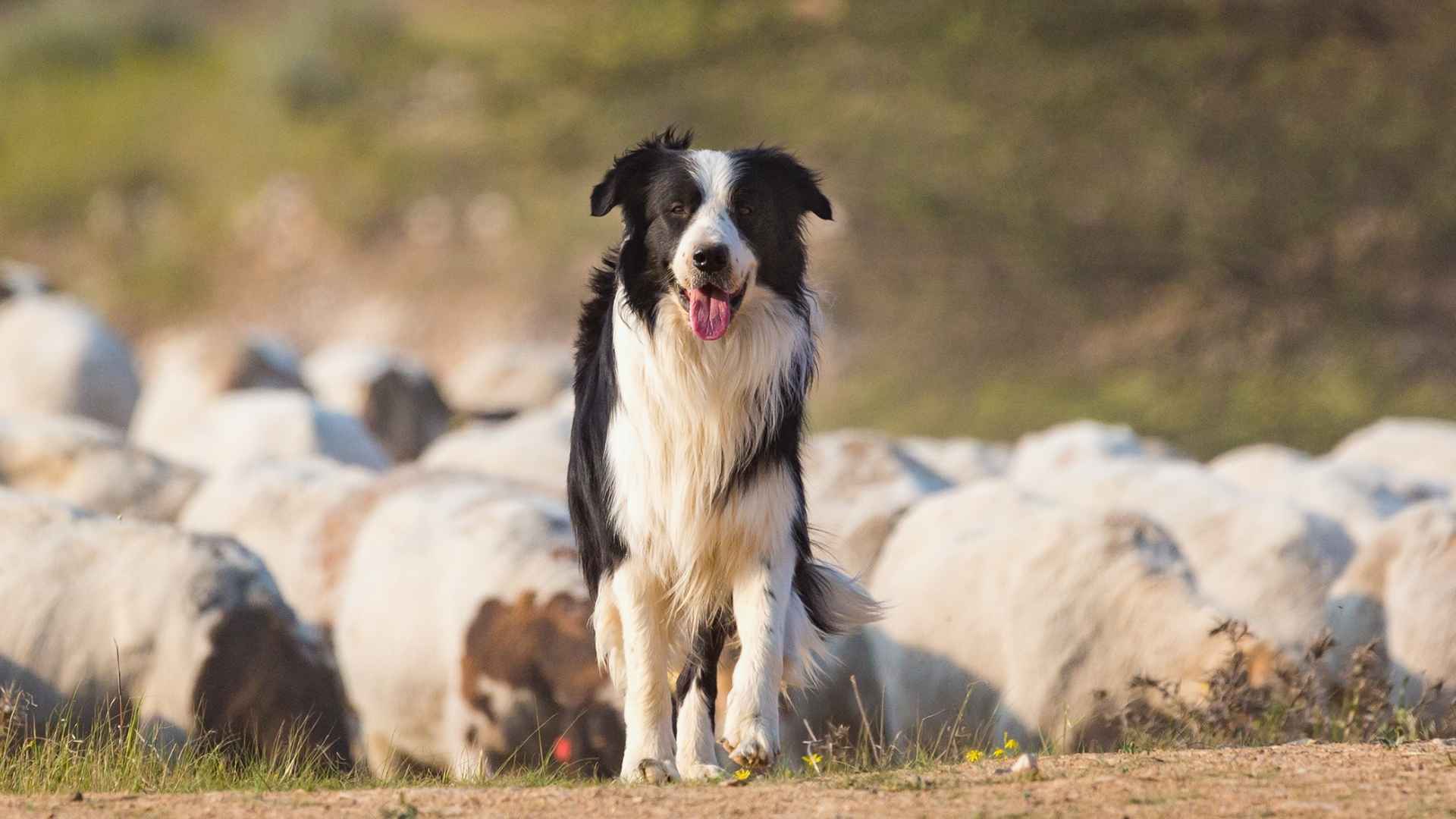In a busy day, most people spend about 9 hours at work, handling meetings and tasks, with only a little time left for family. This can lead to high stress. Having a furry dog friend at home can really help reduce that stress. In fact, research from the Human Animal Bond Research Institute shows that owning a dog can protect you from long-term mental health problems.
Having a packed schedule might make owning a dog seem difficult, but that’s not entirely true. Even with a busy lifestyle, you deserve a loyal companion to help ease your stress. That’s why we’ve put together a list of low-maintenance dog breeds. These pups are not only loving but can also take on roles like watchdogs or guide dogs, making them perfect for busy owners.
Low-maintenance Working Dog Breeds
Working dog breeds are capable of performing a variety of tasks, such as offering emotional support, guiding the visually impaired, guarding property, and many more. However, it’s a general perception that working dogs require a lot of maintenance, which is not true.
Some working dogs are quite easy to go with, and their grooming and exercises require minimal effort. So, let’s look at the list and find out which one fits smoothly into your lifestyle.
1. Dachshund
Dachshund falls into the category of working dogs because in past times they were used to hunt big animals like badgers, rabbits, and foxes. Due to this reason, they are extremely fearless and independent, but their affectionate nature makes them the best home buddy.
Grooming Needs
A Dachshund is an absolute couch potato diva with pretty minimal grooming needs. They come in three coat types: smooth, wavy-haired, and long-haired. The grooming needs vary depending on their coat type. Dachshunds with a smooth coat are quite easy to maintain, and a wipe with a damp cloth between baths is enough to keep them clean.
The coat of Wirehaired Dachshunds needs to be stripped twice or thrice a year, and regular brushing is required. Similarly, long-haired Dachshunds require regular brushing to avoid tangles, and they need baths more often than the other variations of this breed.
Exercise Needs
If you don’t have much time for your dog’s exercise, this breed could be a great match thanks to its moderate activity needs. With their short legs and long backs, they’re more prone to spinal issues like intervertebral disc disease, so intense workouts aren’t recommended. Instead, a short daily walk is usually enough to keep them happy and healthy.
Training Needs
Dachshunds are ideal for first-time pet parents because of their loving nature. As they have compact bodies, these small dogs are quite suitable for apartment living. However, due to their past involvement in hunting, Dachshunds tend to bark often. But their barking habit can be controlled with the positive reinforcement method.
2. Border Collie
As per the American Border Collie Association (ABCA), this breed was originally bred in the borderlands of Scotland and England, where they were used to herd livestock. For a long time, they were considered an essential part of rural farm life because of their high intelligence, stamina, and strong herding abilities.
Grooming Needs
Border Collies do not need much grooming as they have a double coat that offers protection to their skin. Just a few baths with an oatmeal shampoo and brushing with a slicker brush two to three times a week is enough for them. However, they shed all year, so it’s normal to see fur on your carpets and sofas if you own a Border Collie.
Exercise Needs
As Border Collie is an extremely active breed, they need to be engaged in exercises for mental stimulation. It’s better to engage a Border Collie in some herding-related activity so that they can burn off their energy level. They usually enjoy activities that engage them both mentally and physically, such as fetch and frisbee.
Training Needs
Training a Border Collie is not an intensive task, but it’s a really fun activity because of their natural working instincts and high energy and intelligence levels. They can easily learn how to respond to basic commands, but these sessions should start as soon as you bring a Border Collie puppy home.
3. Jack Russell Terrier
Jack Russell Terriers are named after their creator, Reverend John Russell, who developed the breed to assist in fox hunting. Through careful selective breeding, he created a smart, energetic, and agile dog that could flush foxes out of their dens with ease.
Grooming Needs
The beauty routine of the Jack Russell Terrier requires minimal grooming, which places them in the category of low-maintenance dog breeds. Neither do they need baths on a regular basis, nor daily brushing. Weekly brushing is enough for this low-maintenance dog. However, the only effort required from the owner’s side is to brush their teeth regularly in order to maintain their oral health.
Exercise Needs
Jack Russell Terriers don’t require extensive workouts, but too little engagement in physical activities may trigger their destructive behavior. When their destructive mode is activated, they tend to amuse themselves by digging or messing up your house.
So, PetMD recommends engaging a Jack Russell Terrier in fun activities like hiking, rally, and nose work. Moreover, compared to other working dog breeds, there are very few health-related concerns associated with this breed.
Training Needs
Jack Russell Terriers are affectionate dogs with high trainability, which makes them not so high-maintenance dogs. But one should not forget their past hunting activities that still provoke them to dig out impulsively and chase after the small animals.
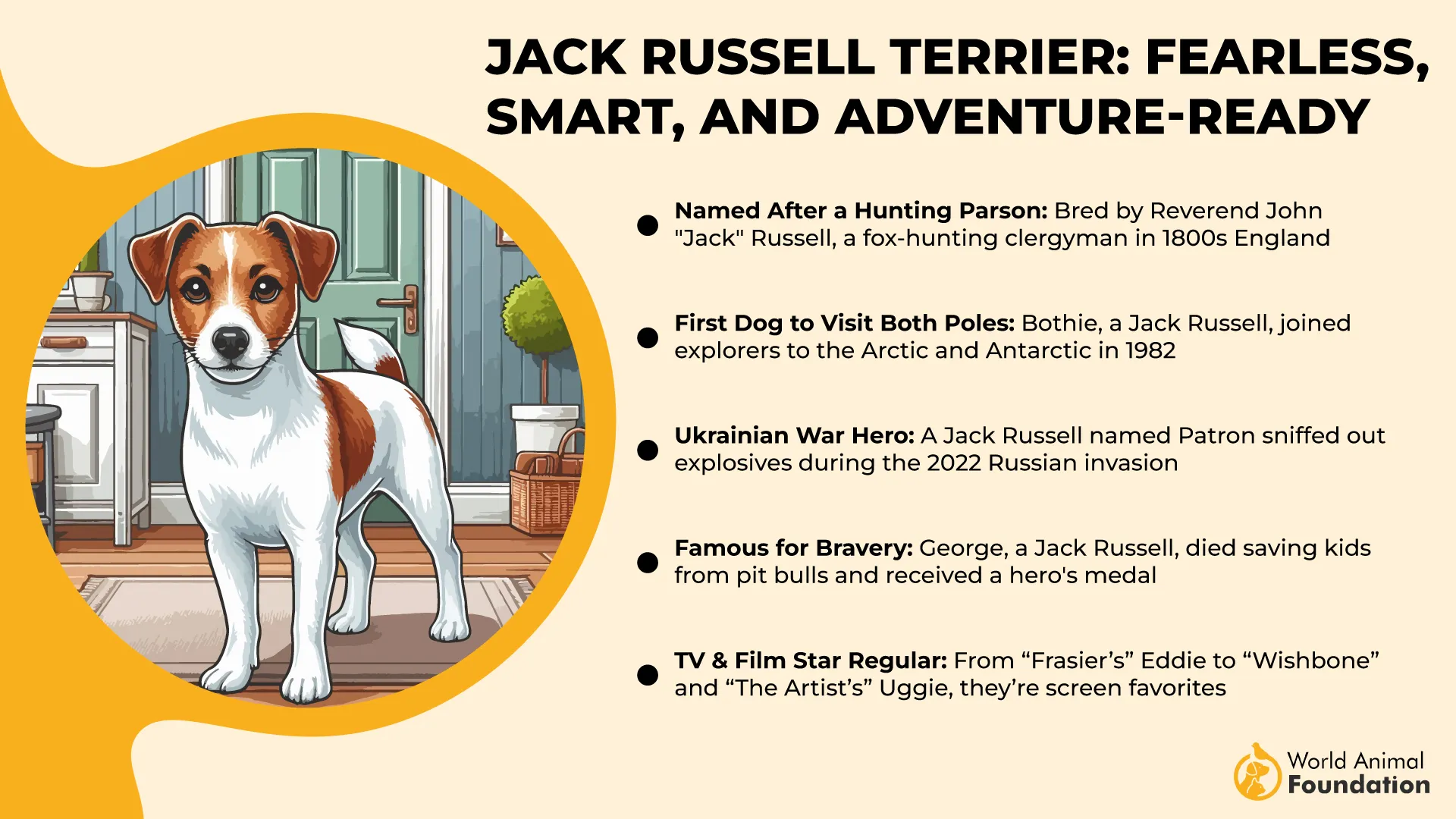
However, their prey drive and digging behavior can be easily controlled with proper training. It’s recommended to start training within the first 16 months of their lives.
4. Vizsla
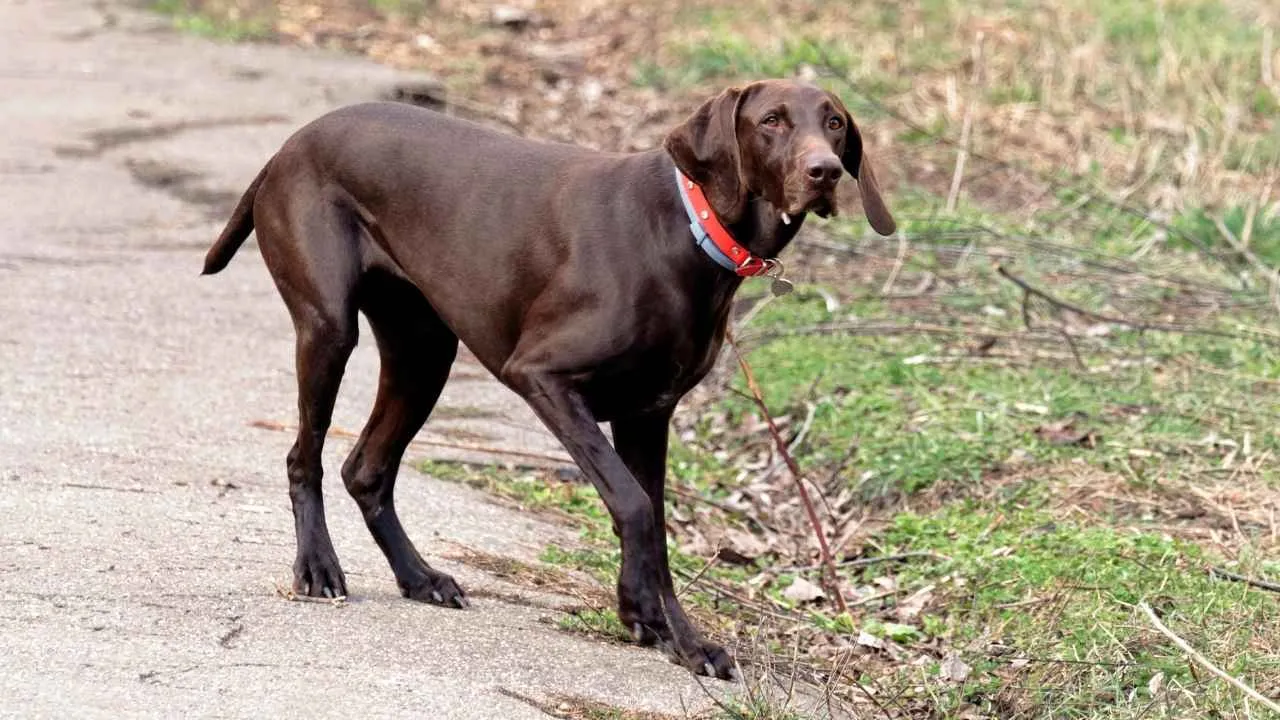
The breed, Vizsla, was developed in Hungary to assist the hunters. They got their name, Vizsla, meaning “pointer,” due to their agility in assisting hunting. However, they are a perfect low-maintenance dog because of their obedience and likelihood to be around the people they love.
Grooming Needs
Thanks to their short coat, Vizslas are low-maintenance dogs when it comes to grooming. A quick weekly brushing is usually all it takes to keep their coat looking great, making them perfect for busy dog lovers. They don’t need frequent baths either, unless they find a muddy puddle to roll in!
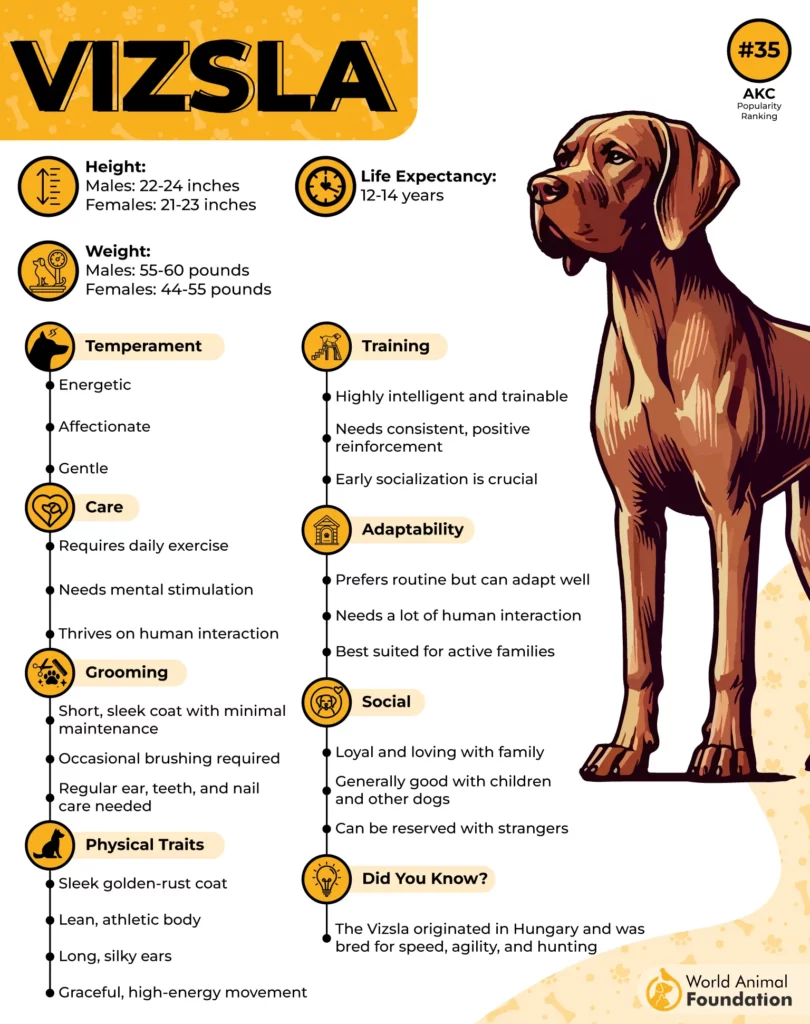
Exercise Needs
According to Hill’s Pet, Vizslas have a moderate energy level, so about 30–40 minutes of daily exercise is usually enough to keep them happy. However, their high intelligence means they also need mental stimulation—think puzzle toys, obedience training, or interactive games to keep their minds sharp and engaged.
Training Needs
Vizslas are highly intelligent dogs, which means they can quickly learn both good habits and bad ones. That’s why it’s important to start their training early to help shape the behavior you want. Since they naturally love to please their owners, positive reinforcement and reward-based training work best. They’re also very friendly dogs, so early socialization helps them get along well with other dogs and pets.
5. Beagle
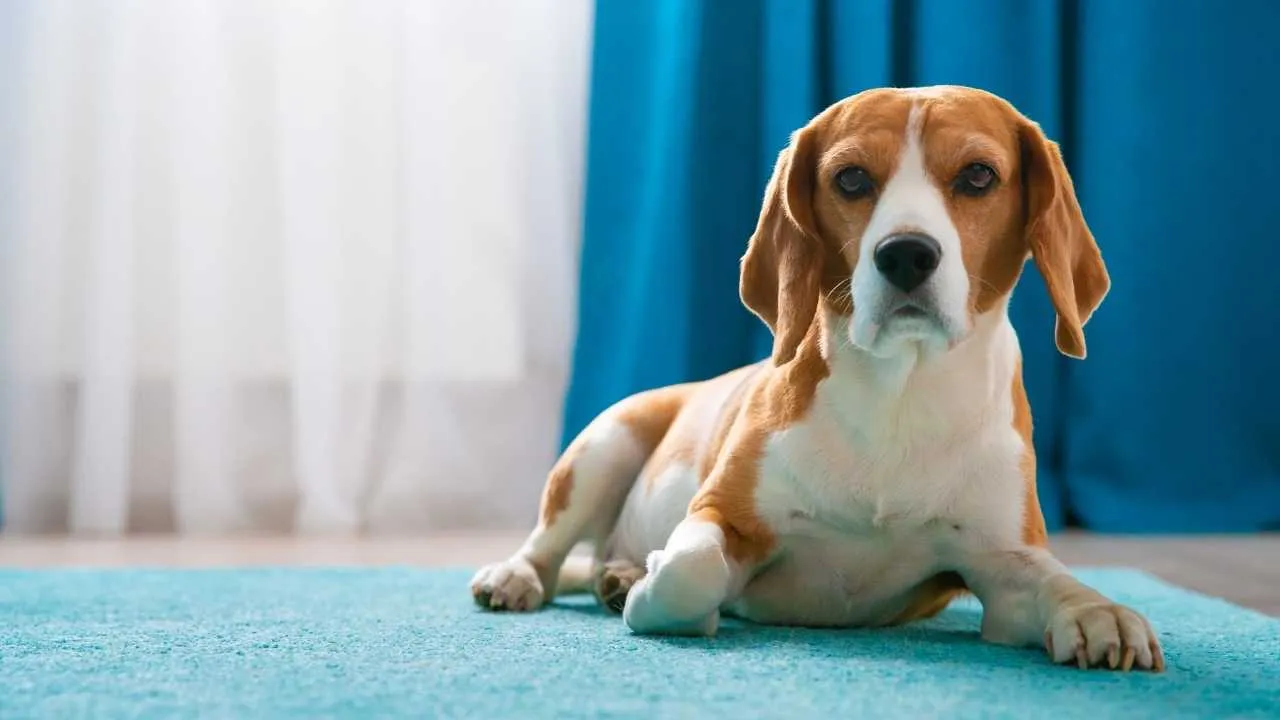
Beagles are one of the most popular breeds of dogs in the United States. In earlier times, they were used to hunt rabbits and hares because of their strong sense of smell. Later, their role was modified, and now they are used for the identification of illegal items at ports and borders.
Grooming Needs:
Beagles are one of the low maintenance breeds because of their short, water-proof, and easy-to-clean coat. Weekly bath with a mild, herbal shampoo is enough for them, which suits best the pet parents with busy routines. But it’s advised to clean the bedding of your dog on a regular basis or else they may catch a parasitic infection or allergy.
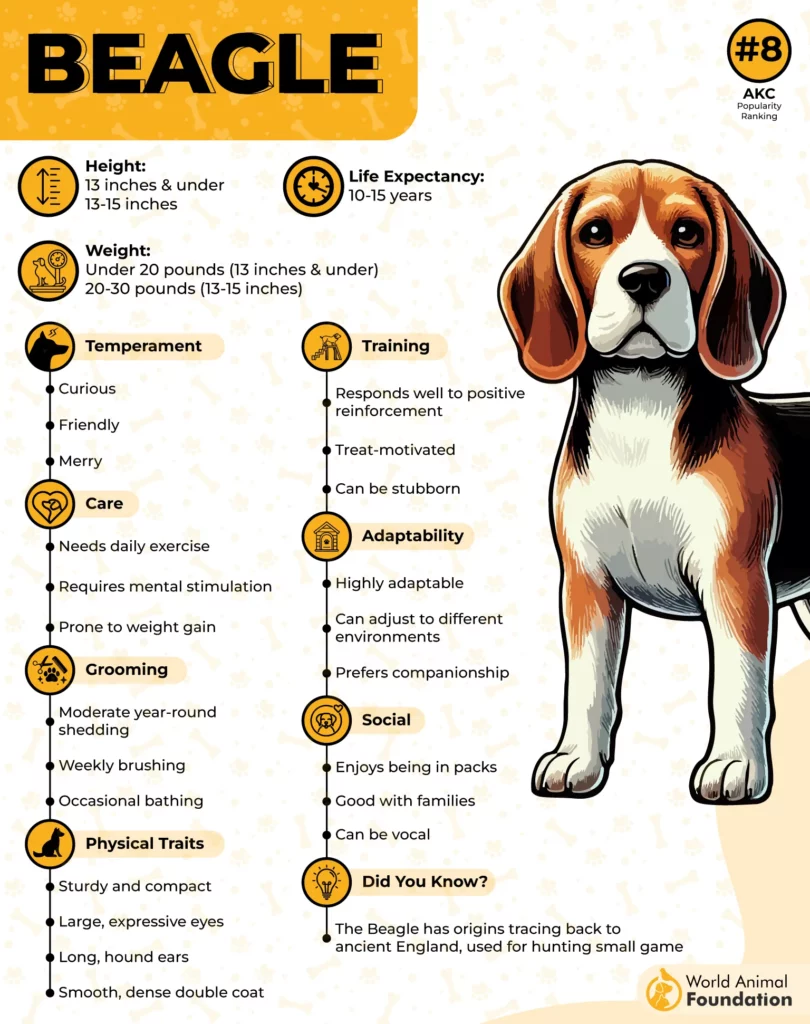
Exercise Needs
Beagle puppies have lots of energy, so short, playful exercise sessions are great for building strong bones and joints. As adults, Beagles need at least two hours of activity daily. But don’t worry—this doesn’t mean you have to be with them the whole time. If you’re busy, leaving them with some fun games or toys can keep them entertained and happy.
Training Needs
Beagles are even-tempered and naturally social, which makes them fairly easy to train. Their eagerness to please their owners also helps the process. However, these dogs tend to bark impulsively, so starting training early is important to manage this behavior effectively.
6. Rhodesian Ridgeback
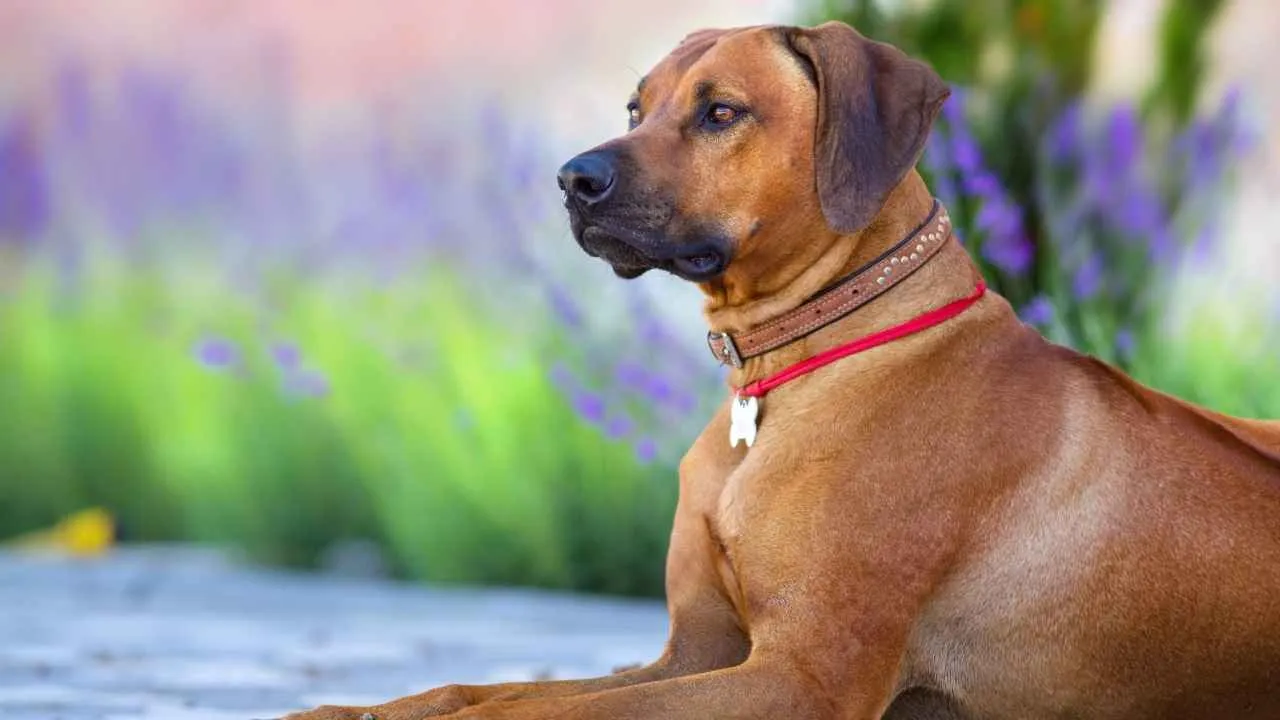
The Rhodesian Ridgeback’s origins trace back to South Africa, where they were bred to track lions and guard the lands of Boer farmers. Known for their loyalty and independence, these dogs have a unique and intriguing personality. Bringing a Rhodesian Ridgeback into your home means welcoming a smart, strong, and devoted companion.
Grooming Needs
For those with busy schedules, Rhodesian Ridgebacks make ideal companions thanks to their low-maintenance grooming needs. A simple weekly brushing and an occasional bath—about once a month—are enough to keep their coats looking healthy. While they do shed throughout the year, shedding tends to increase during spring and autumn. During those seasons, brushing more often can help manage loose hair and keep your home tidier.
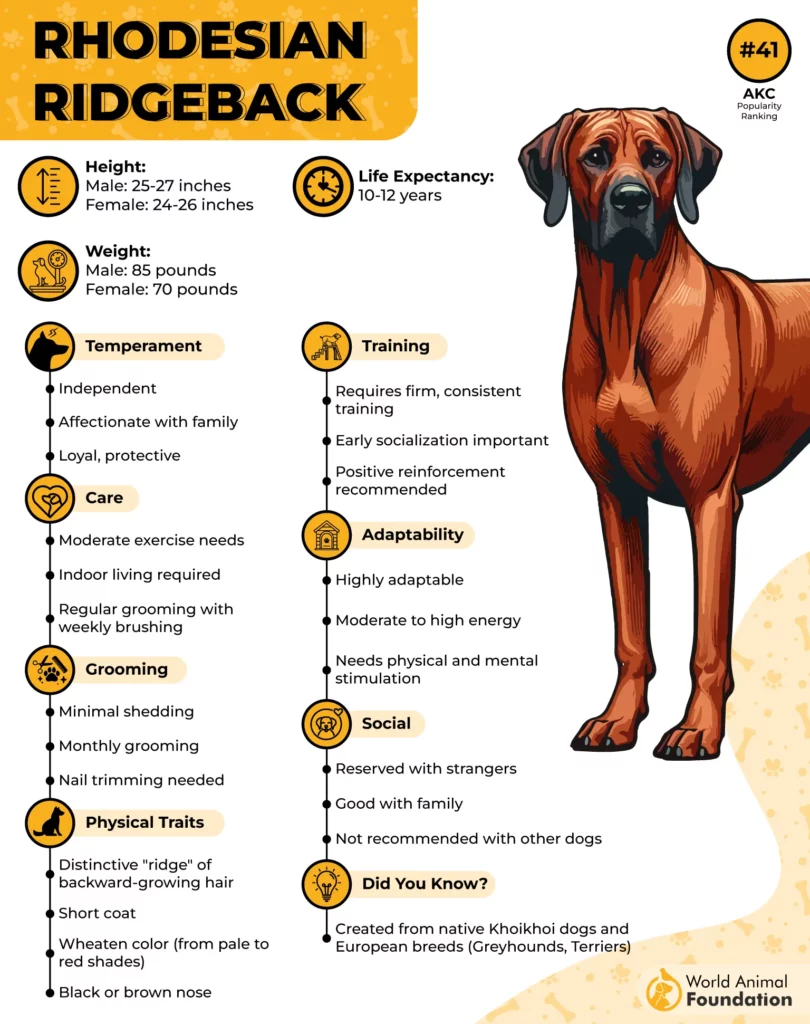
Exercise Needs
Rhodesian Ridgeback is generally a healthy dog, but as it’s an active breed, physical activity is important to keep them in their best state. Experts advise at least 2 hours of physical activity for a dog of this breed. Apart from this, mental stimulation holds equal importance for this breed. These smart dogs enjoy fun activities like jogging, lure coursing, obedience competitions, etc.
Training Needs
Rhodesian Ridgebacks are not only great working dogs, but they can also be excellent family dogs. They are adaptable dogs that can easily transition between the roles with the help of the right training. However, their independent streak is higher due to obedience training is crucial for them.
7. Pembroke Welsh Corgi
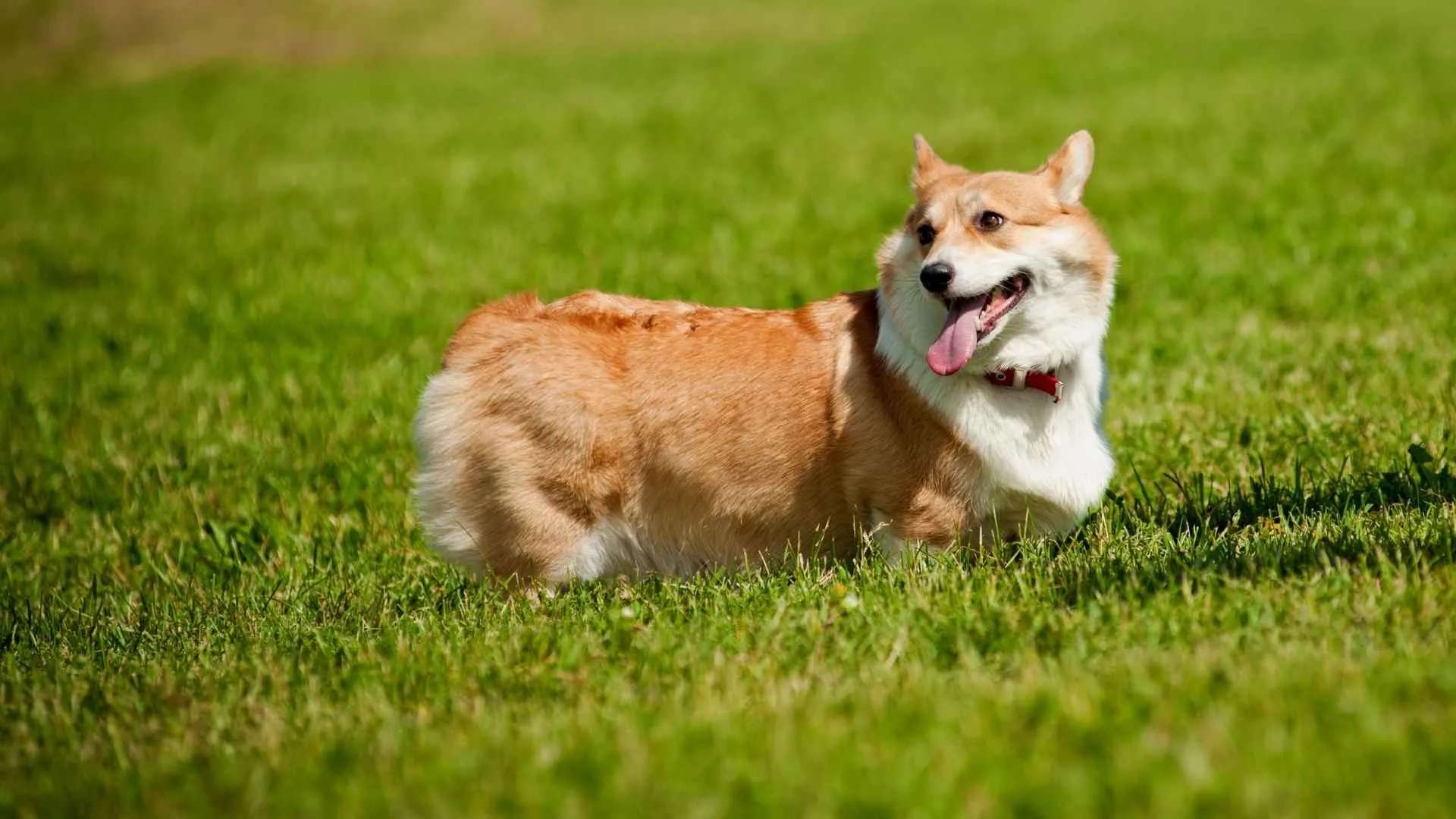
Pembroke Welsh Corgis are one of the most famous dog breeds worldwide. Even Queen Elizabeth II was a big fan of these charming pups! Originally, they were bred to herd sheep and cattle across the UK when farming was in full swing.
Grooming Needs
Corgis have a medium-length double coat due for which a bit of grooming is necessary. However, it’s not so time-consuming. Brushing their coat for a few minutes with a slicker brush and regular baths helps in keeping Corgis in their best shape.
Exercise Needs
Understand that a Corgi has the mindset of a big dog packed into a small body. Despite their compact size, they love staying active, both physically and mentally. Luckily, their eager-to-please personality makes exercise time fun for both you and your furry friend!
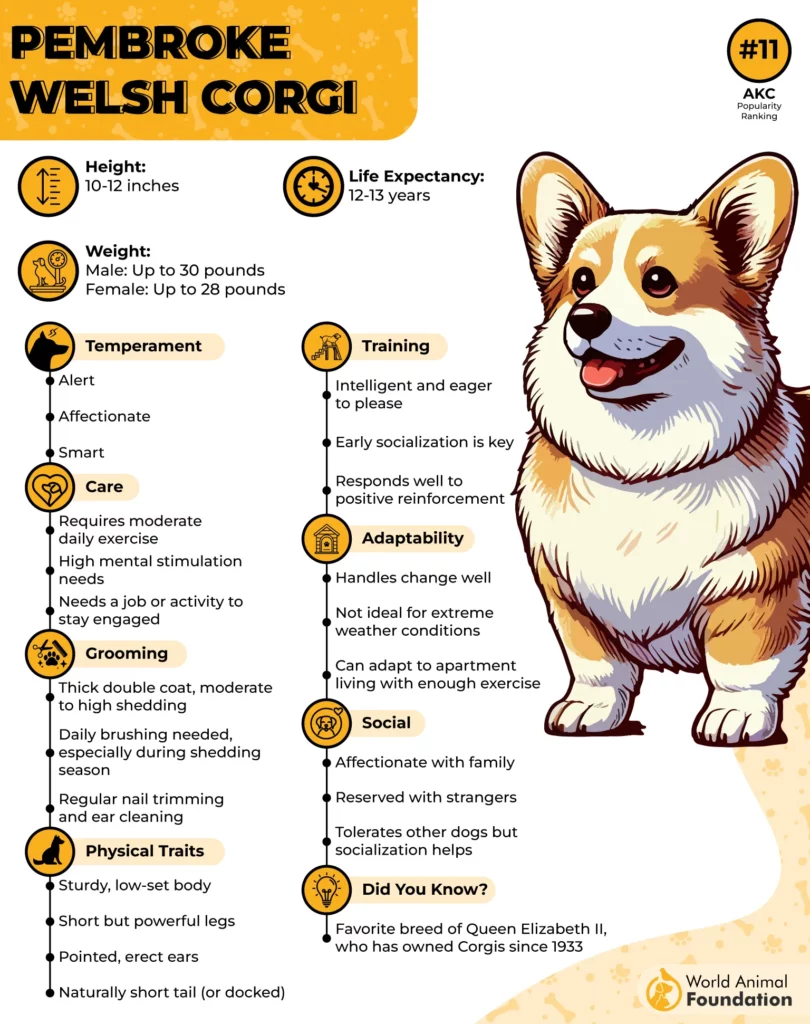
Training Needs
Again, the eager-to-please nature of Corgis makes them highly trainable dogs. They quickly adapt to the teachings in order to please their master. However, rewarding them upon learning the basic cues can speed up the learning process, making these dogs a good option for first-time dog owners.
Conclusion
All the above-discussed breeds can easily fit into the lives of people who just want a companion to be with them without investing too much in their maintenance. However, one should keep in mind that a bit of maintenance is necessary for each dog breed.


